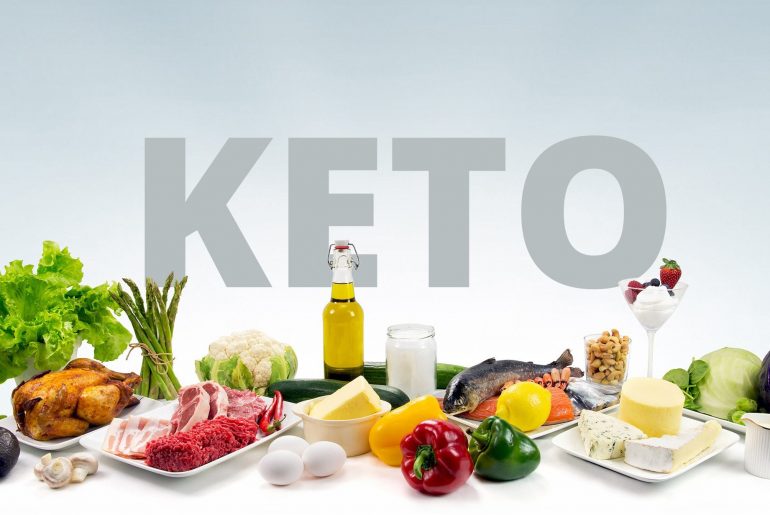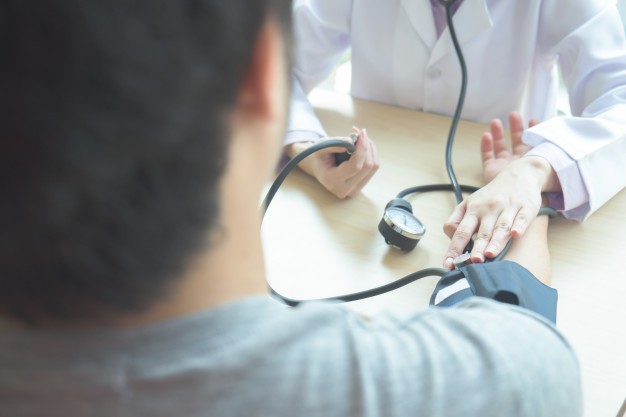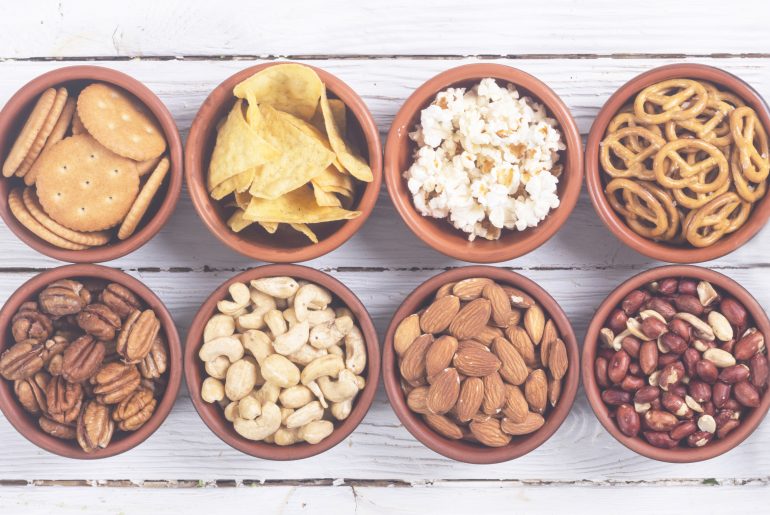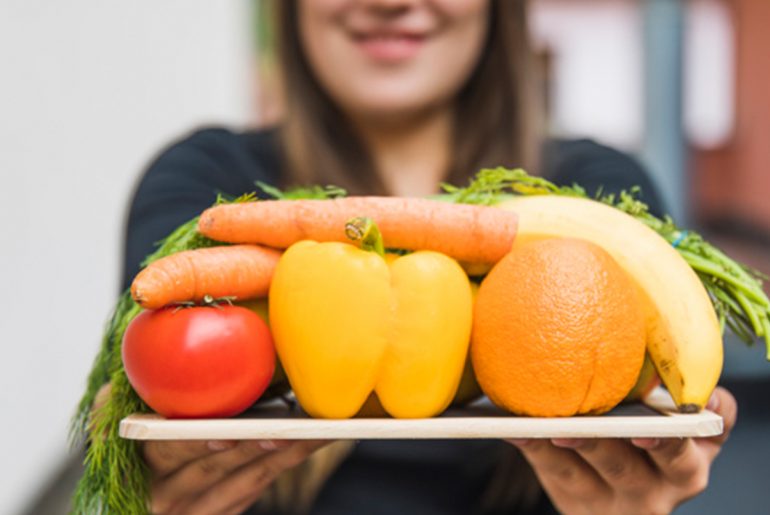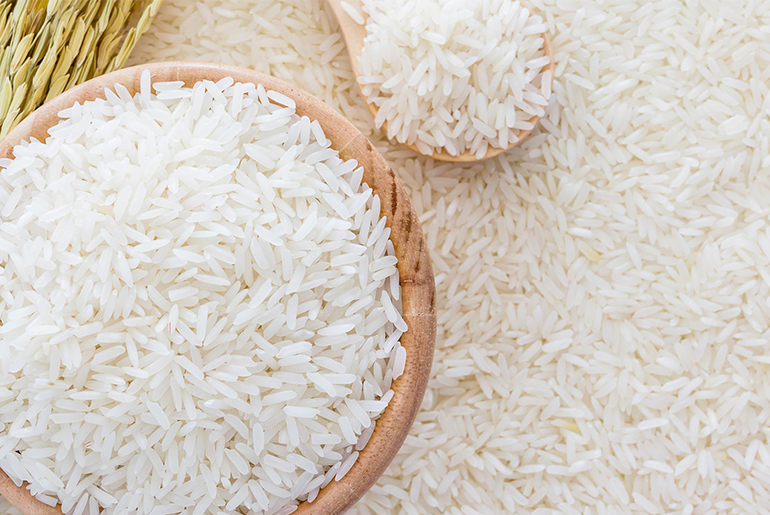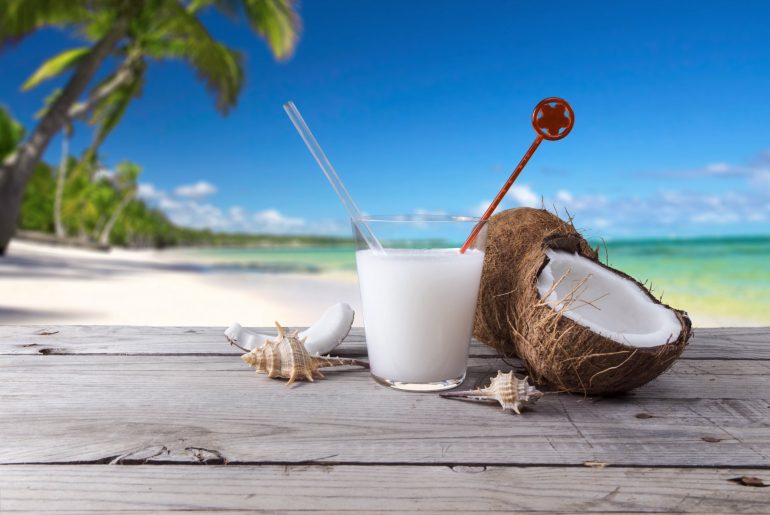This Women’s Day, as you gear up to receive a surprise breakfast fit for a queen or a hastily ordered bouquet of flowers, spend some time on your horoscope.Not on issues that are personal or professional but on those that are nutritional. Although I’m not a soothsayer or savant, I can quite comfortably predict your nutritional future this year.Without knowing you or meeting you, I can safely predict that this year most of you will…
Feel the need to clean the plates
Of course, I don’t mean getting down and dirty -or is it clean? -with soap and water but eating leftovers. Beware of this obsessive need to “prevent waste“ as you eat that last half-roti or those few spoonfuls of rice just so that you’re satisfied that all the food is finished. If you continue to do so, you may be looking at a possible 4-5 kilos of weight gain in a year. The math is simple: let’s assume that the extra intake of leftover dinner and or dessert adds up to about 100 extra calories per day, if you are not able to burn it off. If you do this everyday, it totals up to 36,500 un burned calories a year. It takes 3,500 calories to gain a pound of weight, which is about 10 pounds or about 4-5 kilos of weight gained in a year. Quite simply, waste makes waist.
Eating to prevent wastage doesn’t always guarantee weight gain. But if you are struggling to lose those last few kilos, and not realising where things are going wrong, now you do. Maybe it’s time to let the leftovers be. If you cannot finish what’s on your plate, it’s not your problem it’s the dust bin’s or the fridge’s.
Feel the need to be kind
I also predict that this year many of you reading this will have an inability to say “No“.The social pressure to eat can be held responsible for you going for that second helping of dessert just because your host insisted. Or be cause of people around you who encourage you to eat unhealthy foods when you’re on a diet. Just say `no’.
Feel the need to think of others all the time
Be a little selfish this year. You need to do what it takes to be more energetic, eat healthier, sleep well, and sleep on time. Because you cannot provide from an empty cup. To take care of others, you first need to take care of yourself.
Chase away approaches to nutrition that are bad for you. If you do, I can predict a healthy, nutritious year with a body that will love you for it. Happy Women’s Day.


